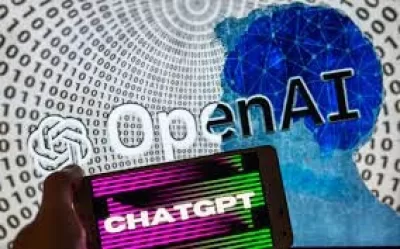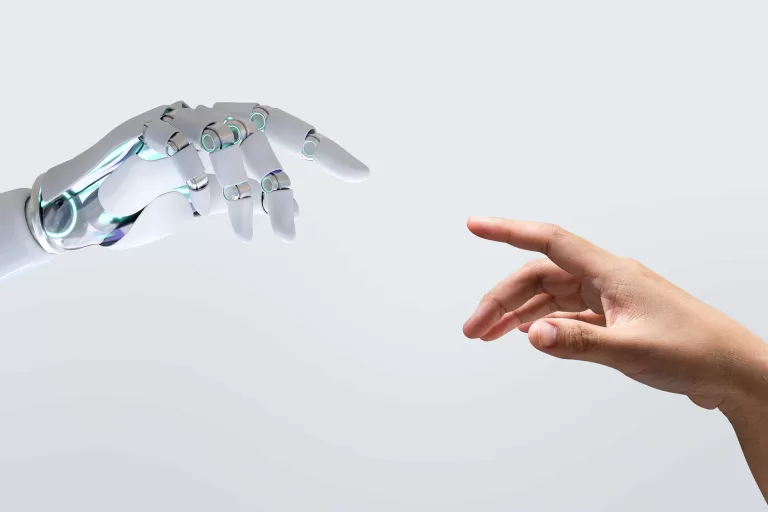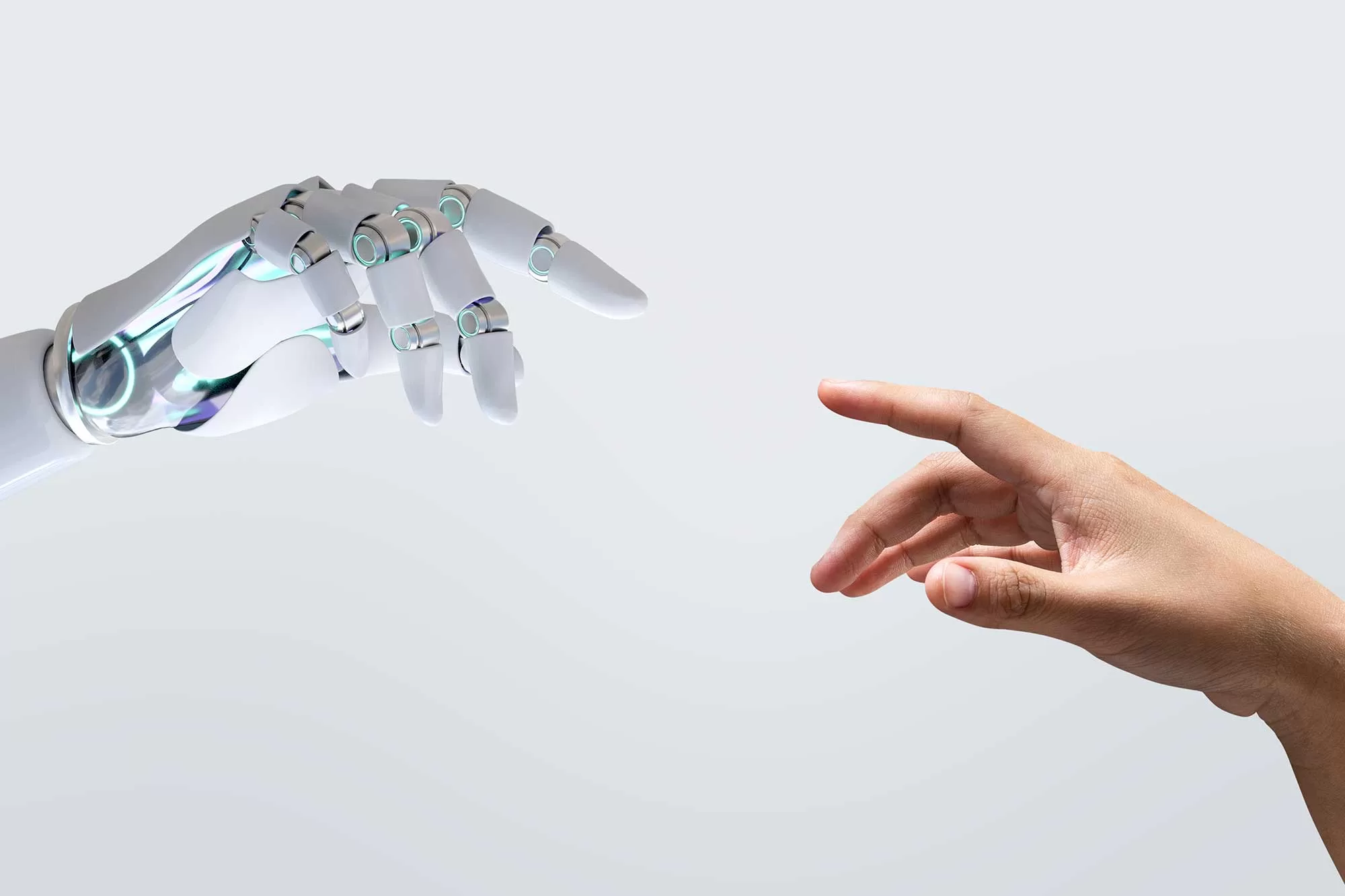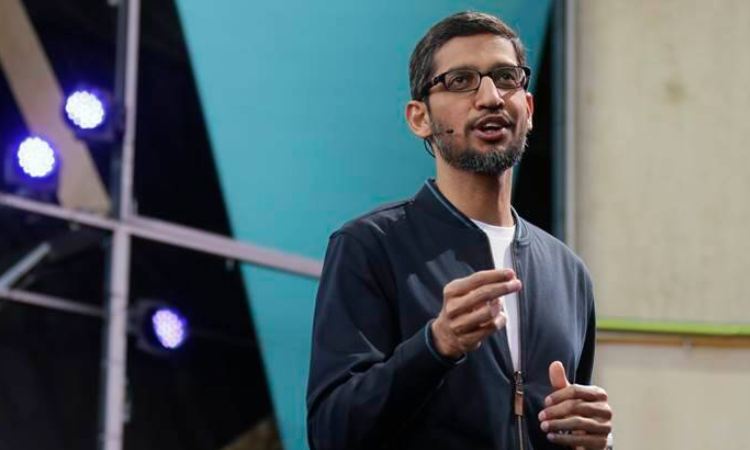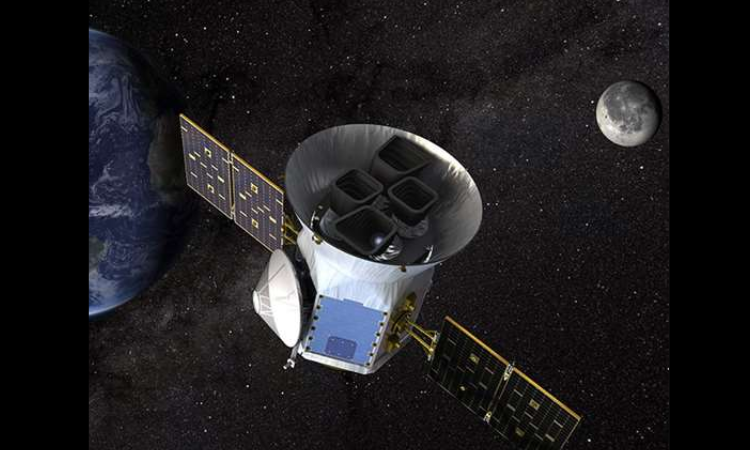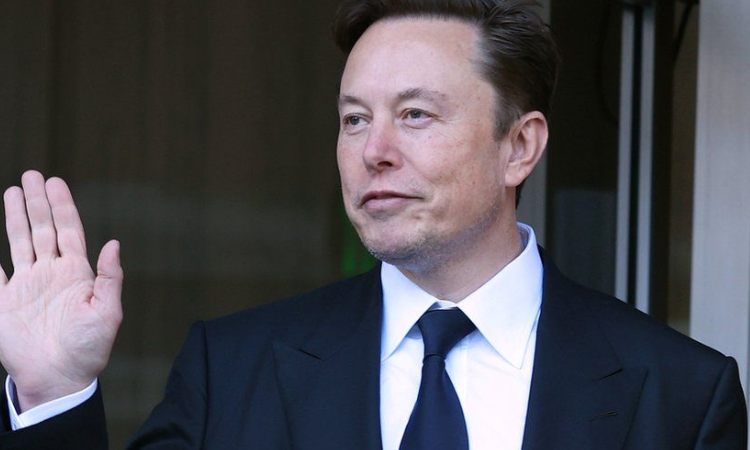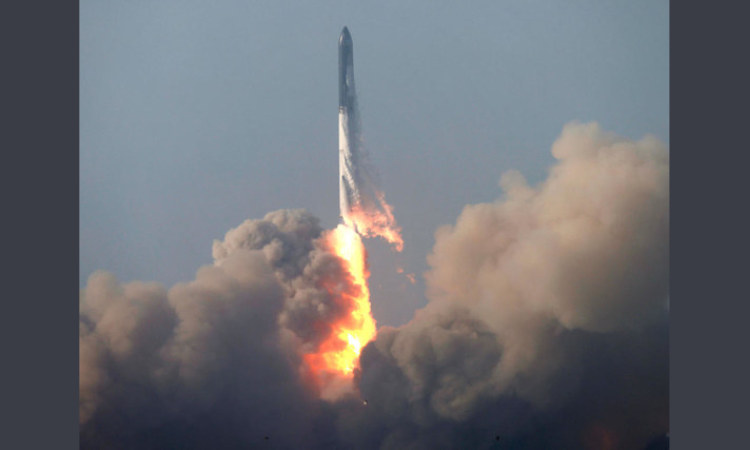melanocyte stem cells that may be responsible for grey and loss of hair colour
Stem cells which get stuck as people age may be the reason why our hairs turn grey, US scientists have found. The team from New York University (NYU)- Lagone, in a mice study, showed that certain stem cells have a unique ability to move between growth compartments in hair follicles. However, as people age, it gets and thus lose their ability to mature and maintain hair colour. The study, published in the journal Nature, focused on cells in the skin of mice, which in humans are called melanocyte stem cells, or McSCs.
“Our study adds to our basic understanding of how melanocyte stem cells work to colour hair,” said study lead investigator Qi Sun, a postdoctoral fellow at NYU Langone Health. “It is the loss of chameleon-like function in melanocyte stem cells that may be responsible for grey and loss of hair colour. These findings suggest that melanocyte stem cell motility and reversible differentiation are key to keeping hair healthy and coloured,” added said Mayumi Ito, Professor at NYU Langone Health. In the latest experiments in mice whose hair was physically aged by plucking and forced regrowth, the number of hair follicles with McSCs lodged in the follicle bulge increased from 15 per cent before plucking to nearly half after forced ageing. These cells remained incapable of regenerating or maturing into pigment-producing melanocytes.
The stuck McSCs, the researchers found, ceased their regenerative behaviour as they were no longer exposed and hence their ability to produce pigment in new hair follicles, which continued to grow. By contrast, other McSCs that continued to move back and forth between the follicle bulge and hair germ retained their ability to regenerate as McSCs, mature into melanocytes, and produce pigment over the entire study period of two years.
Ito said the team has plans to investigate means of restoring the motility of McSCs or of physically moving them back to their germ compartment, where they can produce pigment.
Stay up to date with the latest news and be entertained by our diverse range of news topics, including entertainment, national events, sports, and more.
Visit for More Information: Telegu bullet



